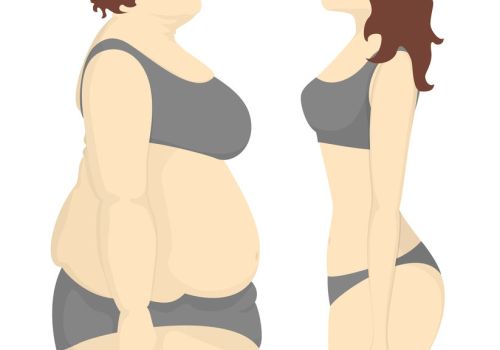
Bariatric surgeries serve the purpose of reducing the amount of food intake, leading to weight loss where other forms of weight loss have proven hard or nearly impossible. With proper diet and other weight loss practices, these surgeries are very effective. However, they do not come without some risks and complications that can even lead to death. The safest form of weight loss surgeries really depends on the condition of the recipient’s health and the measures taken to prevent the chances of complications going forward. This article looks at some of the safest weight loss surgeries.
- Biliopancreatic Diversion
In biliopancreatic diversion with a duodenal switch, the surgery entails the removal of the larger part of the stomach leaving the small opening that leads food into the small intestine. The next step of the surgery involves closing the middle section of the small intestine while the last section is attached to the duodenum, a process called duodenal switch. Instead of removing the separated section of the small intestine, it is attached to the lowest end of the small intestine to ensure that digestive pancreatic juice and bile pass this route, instead of the normal route. This ensures that most calories and nutrients are not absorbed into the body, hence a reduction in weight. In addition, the amount of food intake is also greatly reduced.
- Gastric Sleeve
In this type of bariatric surgery, the larger part of the stomach is removed from the body while the remaining part is converted into a shape of a tube. The remaining part is small to hold small amounts of food. This is an advantage since obese people tend to consume very large portions of food, which leads to even more weight gain because of their high appetite levels. However, with this type of surgery, the patient does not take so much food since their stomachs feel fuller than normal. This goes on for quite a while and at the end of the process, their appetite greatly reduces and the result is significant weight loss.
- Roux En Y Gastric Bypass
This is the most preferred type of bariatric surgery since it serves two purposes; reducing the amount of food you consume and reducing the absorption of nutrients into the body. The surgery entails the removal of the upper part of the stomach and makes a very small pouch then cuts the upper part of the small intestine and attaches it to the pouch, to make a Y-shaped pouch. The amount of food intake is greatly reduced since the pouch can only hold a few ounces of food, compared to the many points the patient was consuming, before the surgery. The ounce of food goes directly into the pouch and then into the small part of the small intestine attached to it, bypassing the remaining part of the small intestine, hence the name gastric bypass. Reduced food intake leads to a lot of weight loss since a large amount of food intake increases the weight gain process. The process is very effective if coupled with other weight loss practices like healthy eating and dieting.
- Adjustable Gastric Banding
In this type of bariatric surgery, the doctor inserts a deflated band or balloon into the stomach and once it is in position, it is inflated with air and left there for some time. This stretches the walls and occupies the larger part of the stomach, leaving a small canal for just a small amount of food to pass through to the next stages of the alimentary canal. If it is not providing good weight loss results, the balloon is usually adjusted to occupy a larger space, hence the name adjustable gastric banding. This is the least preferred type of weight loss surgery since it produces the least effective result to weight loss. On the other hand, it is the safest form of weight loss surgery since it does not involve any cutting.
All these forms of weight loss surgeries have proven to be very effective ways of losing weight if accompanied by good weight loss practices and appropriate dieting. They come with a number of risks and side effects. Some of those risks and side effects include vomiting, wounds taking so long to heal, gall stones and infections of the wound. It is important to note that these weight loss surgeries are not meant for everyone. The eligible candidates are people who are obese, with a body mass index, BMI of 35 and above. They are also not operated on people with health conditions such as diabetes and liver problems.

